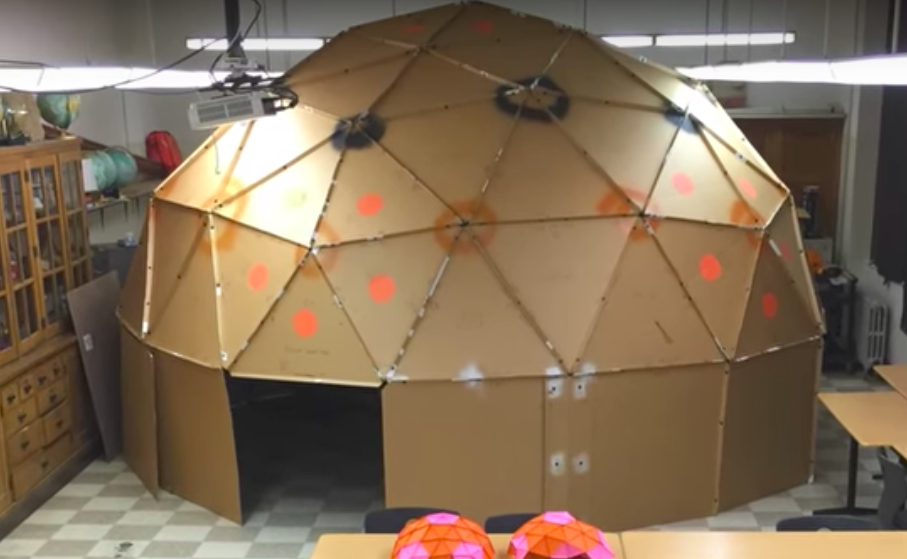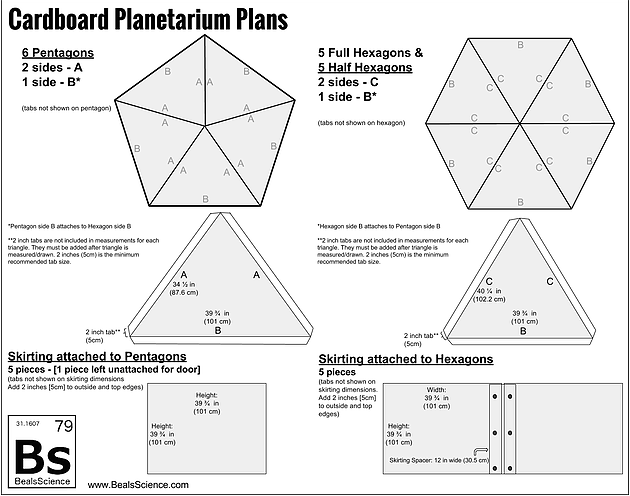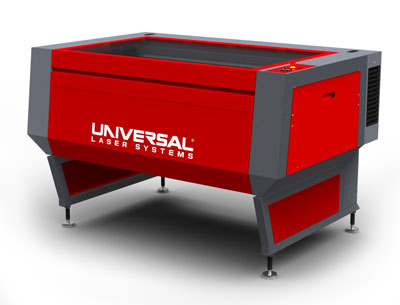Step 1
- Since I decided to make the at-home planetarium as a polyhedron, I searched online for a good polyhedron model so I can design the net of the polyhedron.

From the following site, I was able to download the diagram of the net. Since it cannot be a closed figure, for I want to place the light source, this model worked perfectly for my project.


Reference
Link: https://www.bealsscience.com/single-post/2016/04/04/Make-your-own-Cardboard-Geodesic-Dome-Planetarium-and-Projector
*** the
measurements would need to be scaled differently in order for you to create
something the size of your preference.
Step 2
- Second, on the Inkscape software, I drew in equilateral pentagons, hexagons, and squares. As the site says, you need to make 6 pentagons, 5 full hexagons, and 5 half-hexagons, and 15 squares.
Step 3
Third,
what we need to do is make a prototype to double-check whether this will
actually make a partial-polyhedron as intended. I used thick drawing paper to
test cut. With the Epilog Helix laser cutter, I had all the pieces cut out. Put
them together, and get on to the next step.
Step 4

Fourth, get material. I bought plywood
(450x900x5.5mm) from the home center, コーナン.
Step 5

- Fifth,
since the wooden board was too big for the Epilog laser cutter, I brought
it to the laser cutter, Universal Laser System.
Because the wood was pretty thick, I set the speed to 5%. The power was set automatically from inputting the data of the type of wood and its thickness. Then cut!
Step 6
- After cutting, I put the pieces back into its original pentagons and hexagons. I glued the pieces together, but with a little bit of an angle so that the finished product will be rather round.
Then, with some sand paper, I needed to sand half of the edges off, so that the pieces will be able to be glued with an angle. Additionally, I sanded the surface of the pieces to remove the burnt color.
Step 7
- Again, to make sure the pieces fit together nicely, I connected the polygons in the specified order with tape. This step is important to do before gluing them all at once, because it allows you to make final adjustments. The sand paper comes in handy in this step.
Step 8
- Now, we finally are ready to construct them all together. Little by little, you glue the pieces together.
Once we glued it all together, we must check if there are any spaces or gaps in between the small pieces we glued together. We need to fill in this space in order to prevent the light from leaking from the unwanted sides.
Step 9
- Lastly, we coat the entire project with aqueous varnish. This will finish off the project with a natural glow. You may need to leave it to dry for several hours.
Before->After
Step 10
Inside the dome, place a battery-powered light bulb, or any portable light source, and turn it on.
You are Finished!!